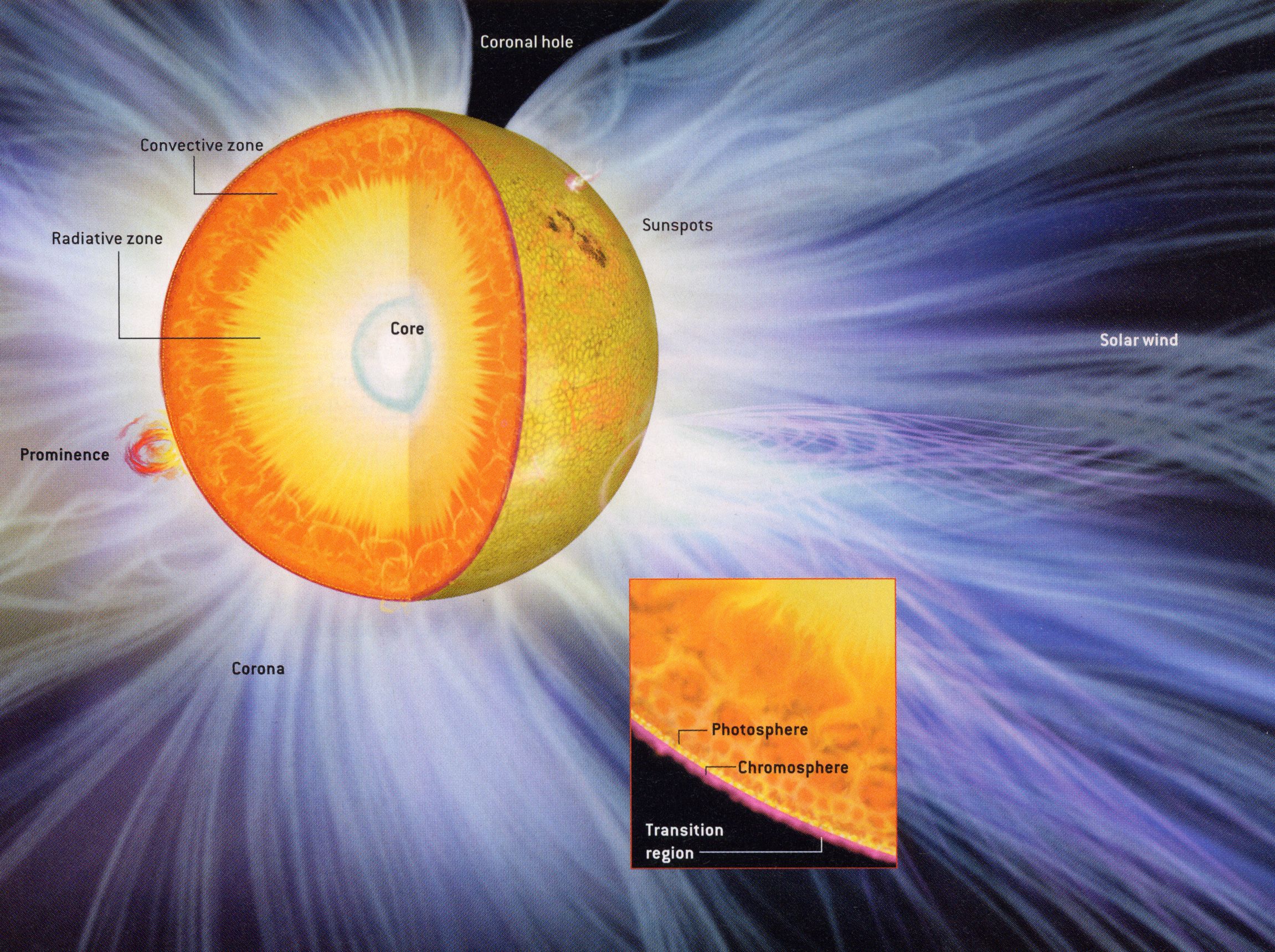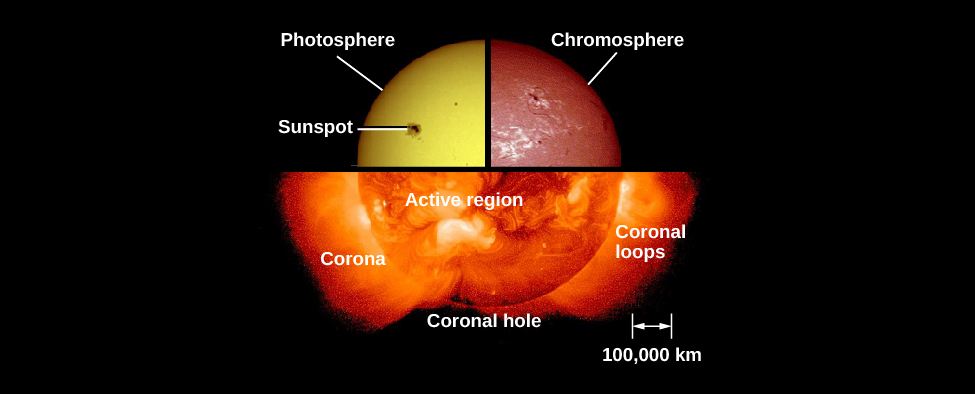

They could be interpreted as the coronal. The sun has three main parts photosphere, chromospheres and corona.

And the Parker Solar Probe will be heeding that advice, merely flying through the corona without hitting dense concentrations of plasma.Įmail Meghan Bartels at or follow her Follow us Facebook and Google+. Their coronal segments above the chromosphere have a length of only about 1 Mm and a thickness of less than 200 km. The pressure and density in the corona is much, much lower than in Earth's atmosphere. The temperature in the corona is more than a million degrees, surprisingly much hotter than the temperature at the Sun's surface which is around 5,500 C (9,940 F or 5,780 kelvins). "Like I would just say, 'Don't touch the oven surface,' don't touch the 3-million-degree plasma," Fox said. The material in the corona is an extremely hot but very tenuous plasma. That's a much more manageable temperature for the heat shield to withstand - the equivalent of putting your hands inside the oven without touching any surface. They found that the wave amplification process can be attributed to the formation of an acoustic resonator, where significant changes in temperature between the surface of the Sun and its outer. Corona - The corona is the outermost layer of the Sun, starting at about 1300 miles (2100 km) above the solar surface (the photosphere). Through powerful telescopes, the tops of the columns appear as granules crowded across the sun. The thermal columns of the convection zone are visible in the photosphere, bubbling like boiling oatmeal. "So, if you think about the amount of particles that actually are striking the heat shield and depositing that heat in, the whole thing gets heated up to 2,500 degrees Fahrenheit. The photosphere is about 400 kilometers (250 miles) thick, and temperatures there reach about 6,000 k (5,700° C, 10,300° F). From Earth, the corona is only visible during a total solar eclipse. Furthermore, the solar wind transports the material of the corona out to the interplanetary medium. "The corona is very tenuous plasma it is not a hugely dense area," Fox said. plasma escaping from the Sun that reaches 1.000.000 kelvin, but with a density even lower than the chromosphere. That means, over a set amount of time, the heat shield won't hit all that many superhot particles of the plasma that makes up the corona - which means that although each individual collision transfers a fair amount of heat to the shield's surface, the overall increase in the shield's temperature will be tolerable. All the planets, asteroids and comets add up to less than 1 of the total. The more bearable temperature is thanks to the thin, wispy structure of the corona itself, which is the atmosphere that can't be seen without blocking out the photosphere - the incredibly bright layer that we think of as the surface of the sun. The Sun contains almost ALL of the material in our solar system.


 0 kommentar(er)
0 kommentar(er)
